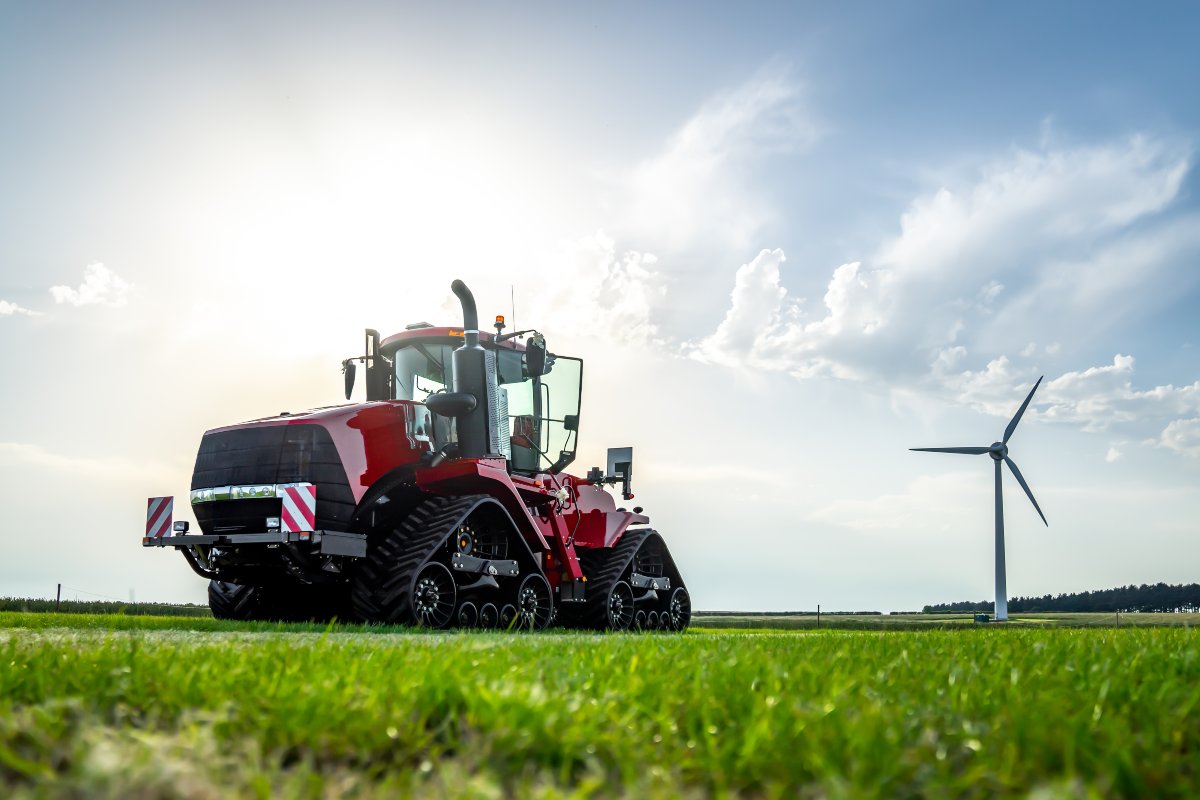
Cultivating Growth: Trends in the Agricultural Sector

Cultivating Growth: Navigating Trends in the Agricultural Sector
The agricultural sector is undergoing transformative changes, driven by technological advancements, consumer preferences, and global challenges. This article delves into the key trends shaping the landscape of agriculture, offering insights into the future of this vital industry.
Precision Farming and Technology Integration
One of the prominent trends revolutionizing agriculture is the widespread adoption of precision farming techniques. Technology integration, including sensors, drones, and data analytics, allows farmers to optimize resource use, monitor crop health, and enhance overall productivity. Precision farming contributes to sustainable practices, minimizing environmental impact while maximizing yield.
Climate-Smart Agriculture and Sustainability
Climate change poses challenges to agriculture, prompting the rise of climate-smart practices. Farmers are increasingly implementing strategies to adapt to changing climatic conditions and mitigate environmental impact. Sustainable agricultural practices, such as agroforestry, organic farming, and water conservation, are gaining traction, reflecting a broader industry commitment to environmental stewardship.
Digital Platforms and Farm Management
The digital revolution extends to farm management, with the advent of digital platforms and agriculture-focused software. These tools empower farmers to streamline operations, manage inventory, track yields, and access market information. Digital platforms foster connectivity within the agricultural ecosystem, facilitating efficient communication between farmers, suppliers, and distributors.
Biotechnology and Genetically Modified Organisms (GMOs)
Biotechnology plays a crucial role in agricultural advancements, with the development of genetically modified organisms (GMOs). Engineered crops are designed for improved resilience, resistance to pests, and increased nutritional content. While GMOs remain a topic of debate, their adoption is altering farming practices and contributing to efforts to address global food security challenges.
Changing Consumer Preferences and Organic Farming
Consumer preferences are evolving, with an increasing demand for organic and locally sourced produce. This shift is driving the growth of organic farming. Farmers are transitioning to organic practices, avoiding synthetic pesticides and fertilizers. The emphasis on organic farming aligns with consumer values of health and sustainability, influencing the overall market landscape.
Global Trade Dynamics and Market Access
The agricultural sector is intricately connected to global trade dynamics. Changes in international relations, trade agreements, and geopolitical shifts have direct implications for farmers’ market access. Navigating these dynamics requires an understanding of global markets and the ability to adapt to changing trade conditions.
Labor Challenges and Mechanization
Labor challenges have become a significant concern in the agricultural sector. The rising cost and scarcity of labor are driving increased mechanization. Autonomous machinery, robotics, and AI-driven solutions are being employed to perform tasks traditionally carried out by human labor. Mechanization not only addresses labor shortages but also improves efficiency and reduces operational costs.
Regulatory Environment and Agricultural Policies
The agricultural sector is subject to a complex regulatory environment and government policies. Changes in regulations, subsidies, and agricultural policies can have profound effects on farming operations. Staying informed about the regulatory landscape is crucial for farmers and agribusinesses to navigate challenges and capitalize on opportunities.
Vertical Farming and Urban Agriculture
Urbanization and population growth are driving innovations in farming practices, giving rise to vertical farming and urban agriculture. These methods involve cultivating crops in vertically stacked layers or urban settings, bringing farming closer to consumers. Vertical farming addresses land constraints, reduces transportation distances, and promotes sustainable urban food production.
To explore the latest trends and innovations in the agricultural sector, visit Vexhibits.com. This platform provides valuable resources and insights, offering a comprehensive view of the agricultural landscape. Stay informed and prepared to navigate the dynamic trends shaping the future of agriculture.



